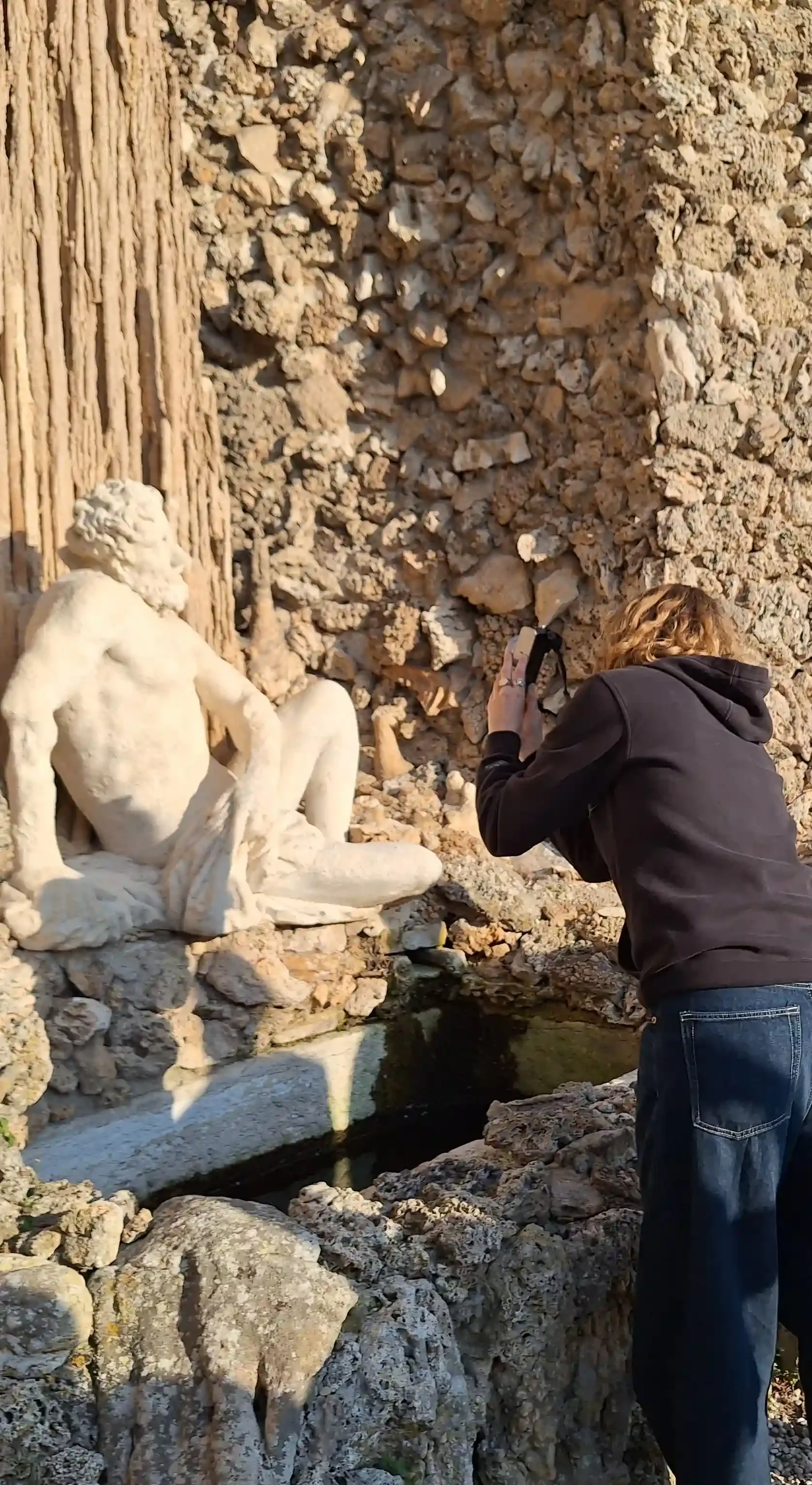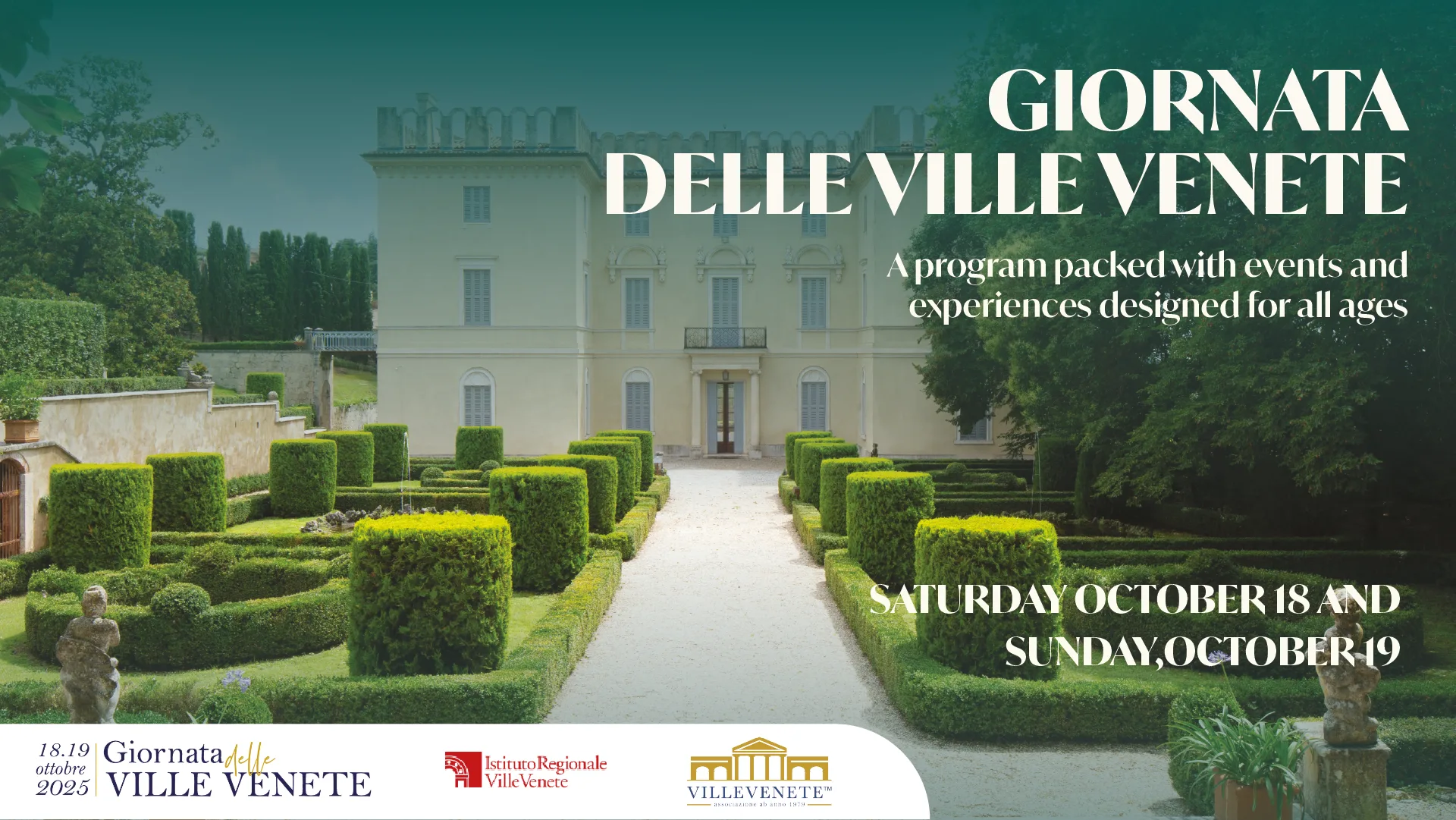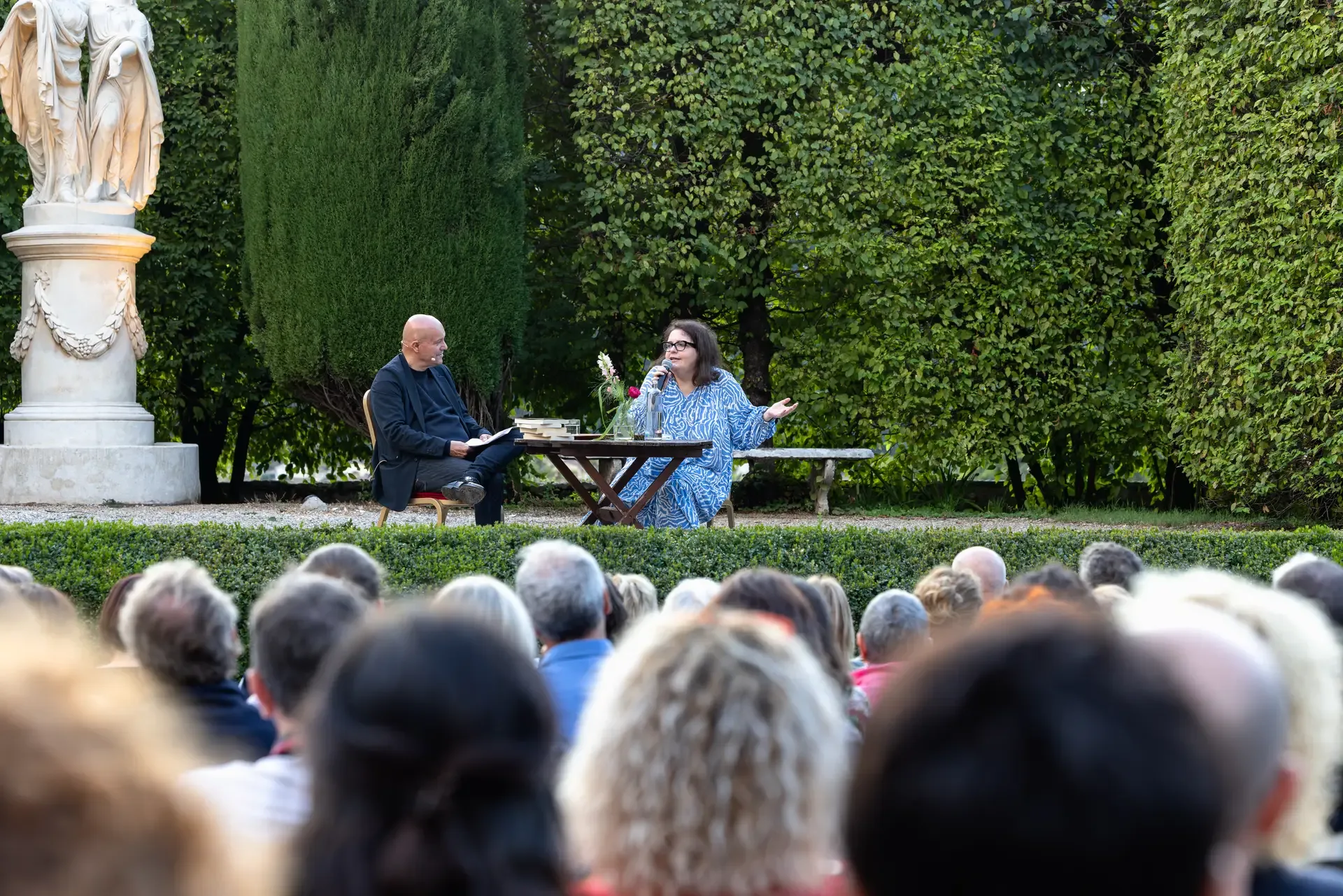Check the closing dates before planning your visit.
The Garden of Pojega Welcomes Architecture Students from Hong Kong and UCL

In the green heart of Valpolicella, where history, landscape, and culture intertwine, the Garden of Pojega became the extraordinary stage for a visit by two prestigious international universities: the Hong Kong Design Istitute and the Bartlett School of Architecture at University College London (UCL). It was an encounter between cultures, visions, and generations, with the landscape as the central theme—understood as both an aesthetic and design experience.
The visit was part of an educational itinerary aimed at exploring the landscape of Valpolicella in its full richness and complexity. This unique territory is shaped by the coexistence of vineyards, olive groves, and cultivated fields, alongside the ordered elegance of formal gardens.
The students focused on the relationship between productive green spaces—such as working vineyards—and the historic Italian garden as a space for beauty and pleasure. The Garden of Pojega, designed in the 18th century by Luigi Trezza, offered an ideal case study to reflect on how landscape design can harmonize tradition, function, and emotion.
As a rare and well-preserved example of the Italian garden, Pojega combines geometric layout, theatrical green architecture, and panoramic views over the agricultural hills of Valpolicella. It represents a timeless dialogue between historical heritage and rural productivity, now brought to life for a new generation of landscape architects and designers.
A Place of Welcome, Inspiration, and Learning
The visit is part of the Garden’s broader mission to act as a living space—one that generates reflection and emotion. More than hospitality, the Garden offers true welcome, as envisioned by its creator, where visitors become part of the scene, like “living ornaments.”
Students from the Landscape Architecture Master’s Program at UCL, led by Professor Gunther Galligioni, explored the structure of the garden with enthusiasm and critical attention. “We were deeply impressed by the reinterpretation of the classic Italian garden motifs and by the Garden’s extraordinary setting in the Valpolicella hills,” Galligioni said. “The restoration work and the dialogue with local wine production offer a powerful model for integrating historic landscape and agriculture.”

International Voices Discover the Beauty of Pojega
Professor Kentaro Nagano of the Hong Kong Design Institute encouraged his students to reflect on the emotions stirred by the garden, leading to a chorus of observations that captured the uniqueness of this living heritage.
Yauhingwai described Pojega as “a vivid painting,” expressing serenity and harmony. Reo Wong Mi praised the garden’s inviting paths, which led to the hidden gem of the Hidden Garden, a former green dome of lush vegetation. Alistar Wong Long Yat spoke of the inspiring interplay between light, space, and plant composition, and how this could inform future design projects. For Galang Shantel Abigail Sanchez, the garden’s power to evoke awe and contemplation was truly remarkable.
Rain saw in the garden an ecological and philosophical lesson: “Pojega inspires us to consider buildings as organic extensions of the environment—a direction contemporary design deserves to explore.” Finally, Po Hiu Ching described an immersive experience: “Walking through the garden, tall trees and the sunlight create a majestic corridor of leaves and light.”

A Taste of Valpolicella
To conclude the day, students enjoyed a tasting of ‘Pojega’ wine, the Valpolicella Classico Superiore Ripasso inspired by the Garden belonging to the Rizzardi family, offering a tangible expression of the landscape they had just explored. “The red wine is full-bodied and layered,” said Yauhingwai, “as if you could taste the local earth and sun.”
Once again, the Garden of Pojega proved to be not just a backdrop, but a protagonist—a space where landscape, agriculture, and architecture meet to generate inspiration, knowledge, and beauty.













